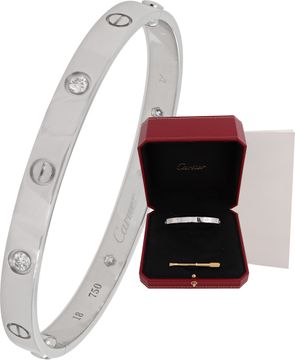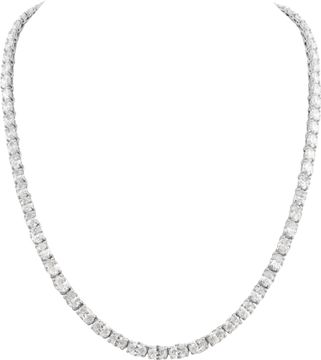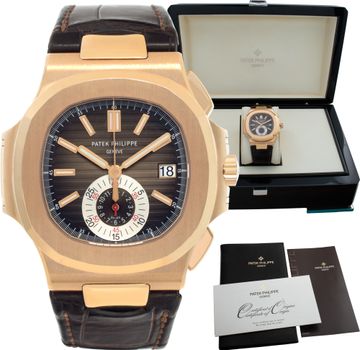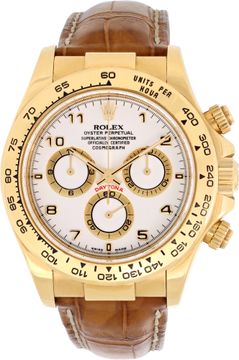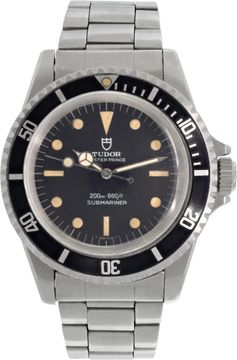Lab Diamonds Vs. Natural Diamonds: A Buying Guide

Lab-grown diamonds, sometimes also known as synthetic diamonds, are becoming an increasingly popular alternative to natural diamonds. But what exactly are lab diamonds and how do they compare to natural diamonds? Here’s everything you need to know about the lab diamonds vs. natural diamonds debate.
How They Originate
Lab diamonds are diamonds that are created in a laboratory setting, using advanced technological processes that mimic the natural diamond-forming process that occurs underground. They are chemically, physically, and optically identical to natural diamonds and can be cut, polished, and set in jewelry just like natural diamonds.
One of the key differences between lab diamonds and natural diamonds is their origin. Natural diamonds are formed over millions of years through the intense pressure and heat of the Earth’s mantle. Lab diamonds, on the other hand, are created in a matter of weeks in a controlled environment.
Lab-grown diamonds are produced through a process that replicates the conditions under which natural diamonds are formed. The process begins by subjecting carbon to high heat and pressure. A single carbon seed, which can be a sliver of a natural diamond or a previously lab-grown diamond, is placed in a laboratory that simulates the earth’s diamond-forming environment. Labs use either the High Pressure High Temperature (HPHT) or Chemical Vapor Deposition (CVD) method to grow the carbon seed into a crystalline diamond structure. These methods enable labs to create diamonds that are identical to naturally-mined diamonds in terms of chemical composition, physical properties, and optical characteristics.
Price and Quality Differences: Lab Diamonds vs. Natural Diamonds
Another difference between the two types of diamonds is their price. Lab diamonds are often significantly cheaper than natural diamonds since they are created in a controlled environment, using advanced technology and resources. This means that the cost of producing lab diamonds is lower, allowing for more affordability for consumers. Thanks to the lengthy time it takes to create them, natural diamonds are rarer, which is why they’re also more expensive.
However, it is important to note that not all lab diamonds are the same. Some are of higher quality and more expensive than others, depending on the materials and methods used to create them. Just like natural diamonds, the quality of a lab diamond is determined by its cut, clarity, color, and carat weight.

In terms of durability, lab diamonds are just as durable as natural diamonds. They are made of the same material and have the same physical properties as natural diamonds. This means that lab diamonds can last for generations and be passed down from one generation to the next, just like natural diamonds.
Appearance-wise, lab diamonds and natural diamonds are virtually indistinguishable from one another. Many people cannot tell the difference between a lab diamond and a natural diamond without the help of advanced testing equipment. This means that lab diamonds are an option for those who want the look and feel of a natural diamond but at a more affordable price.
Sustainability?
When it comes to sustainability, lab diamonds claim to have an advantage over natural diamonds since they are not mined from the Earth but instead, created in a controlled environment in a lab. Yet, the FTC has sent warning letters to several lab diamond companies about misleading advertising and overexaggerated claims of being “eco-friendly” or “green.” Remember, labs can very well be another word for factories, which of course, burn fossil fuels and have their own impact on the environment.
In our opinion, pre-owned diamonds are the most sustainable choice of all as they are re-used pieces and do not require new diamond mining or the use of a factory. Purchasing pre-owned diamond jewelry is the best option if sustainability is your priority.
Disadvantages of Lab-Created Diamonds
There are a few disadvantages of man-made lab diamonds to consider. First of all, these are mass-produced items, which means yours will be the same as so many others out there. Alternatively, naturally-mined diamonds are one-of-a-kind since they’re made by Mother Nature — no two stones are exactly the same.
Another disadvantage of lab-grown diamonds is that aren’t valued as highly as naturally mined ones. Yes, they’re less expensive to purchase compared to natural diamonds, but they’ll also be worth much less if you want to sell your diamond in the future. Jewelry embellished with natural diamonds generally retain their value well (particularly if they’re made by famous jewelry houses such as Cartier, Tiffany & Co., Bulgari, Van Cleef & Arpels, and Harry Winston) and sometimes, even go up in value. The same cannot be said for lab-grown diamonds.
Yet one more drawback of lab diamonds is the limited regulation of this relatively new field. The limited regulation of the lab-grown diamond industry means that not only can be harder to verify the origin and quality of lab-grown diamonds but also, as we saw in the example above, claims such as sustainable practices can be exaggerated. You may think you’re buying a real and “environmentally friendly” diamond grown in a lab but there’s no way of knowing for sure those claims are genuine.
Lab Diamonds Vs. Natural Diamonds
In conclusion, lab diamonds and natural diamonds both have their pros and cons. Ultimately, the decision between lab diamonds and natural diamonds will come down to personal preference, budget, and beliefs.
In the end, whether pre-owned, natural, or man-made, it is important to remember that diamonds are a symbol of love, commitment, and lasting beauty. Whatever diamond you select, you are investing in something that will last a lifetime.

Gray & Sons is proud to have a large catalog of pre-owned diamonds, many of which are GIA-certified diamonds. Whether you’re looking for designer jewelry from Cartier, Bulgari, and Tiffany & Co. or unbranded fine jewelry, browse our selection of diamond necklaces, bracelets, earrings, and rings to find that special piece.
Luxury Watch Complications – The Complete Guide
NEXT ARTICLE
How to find the perfect size band or strap for your Luxury Watch.

